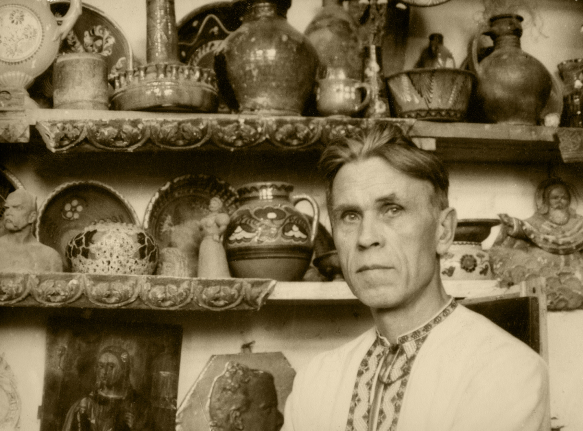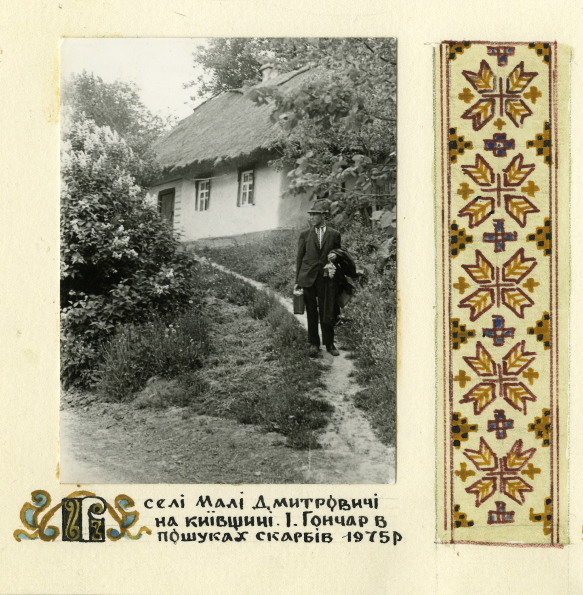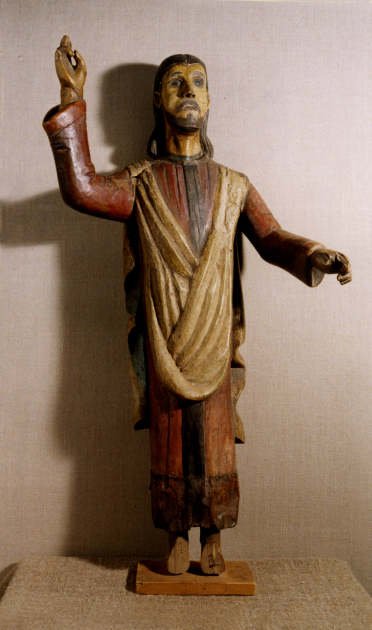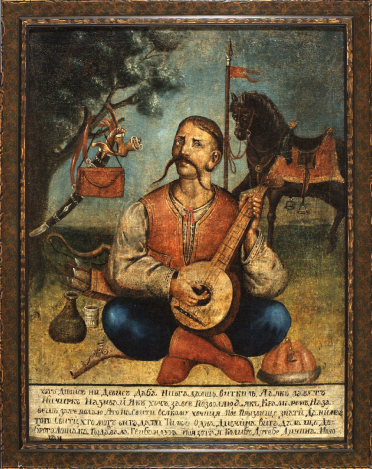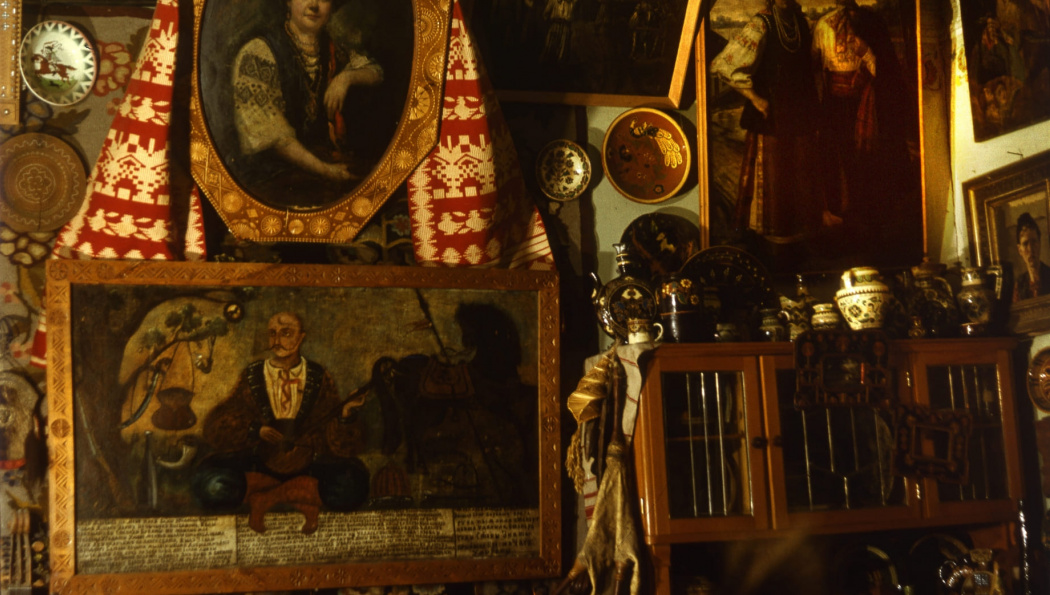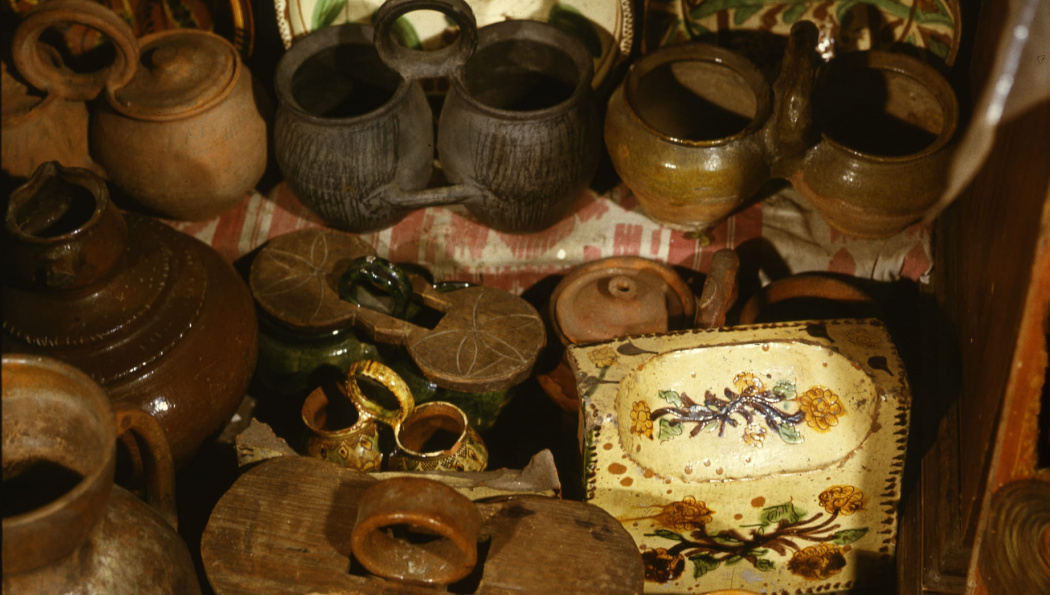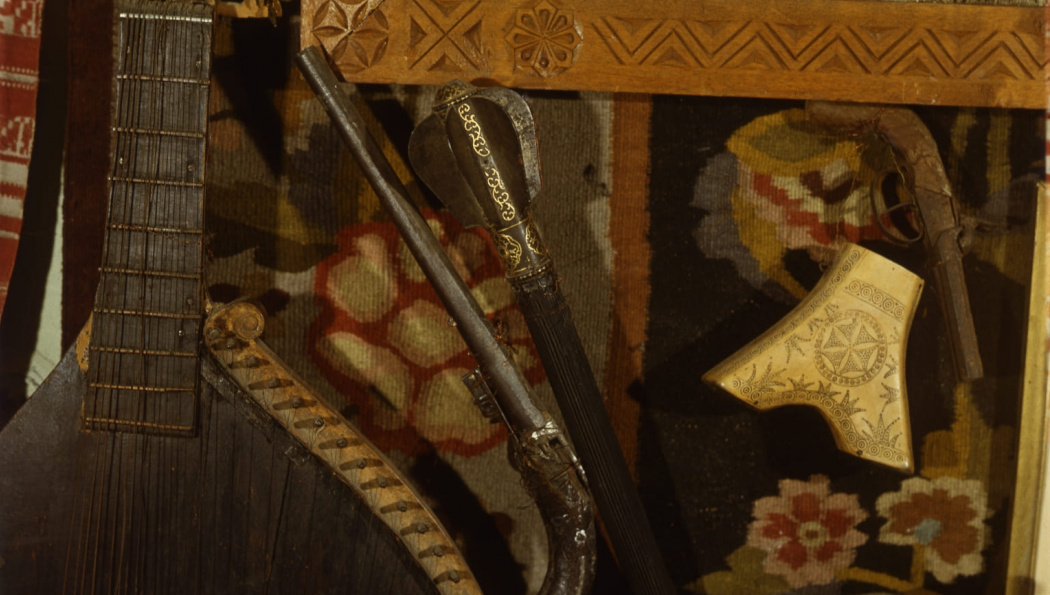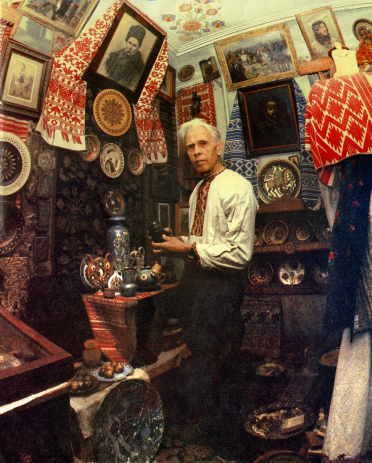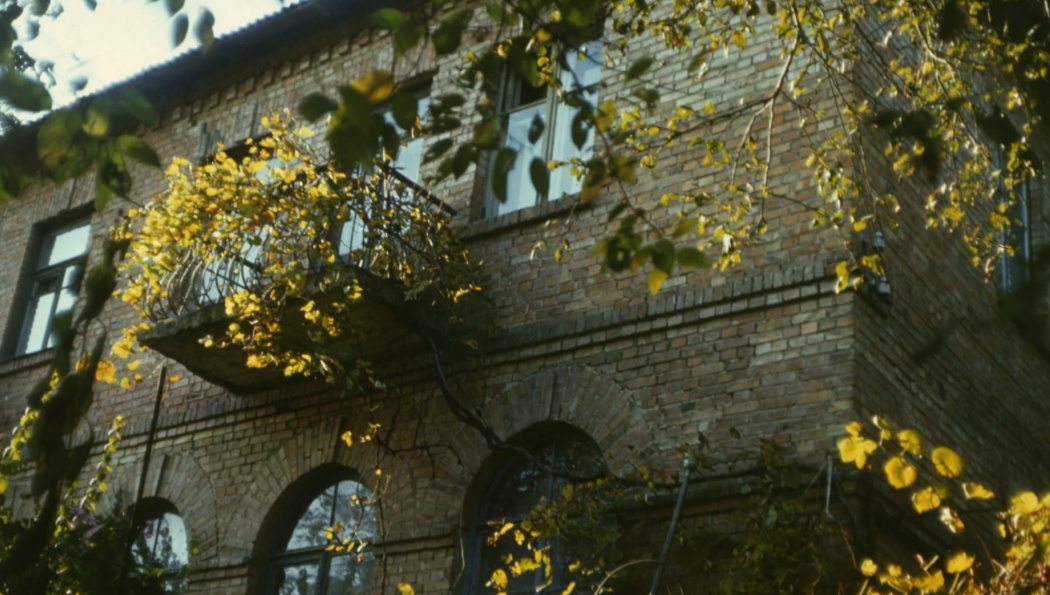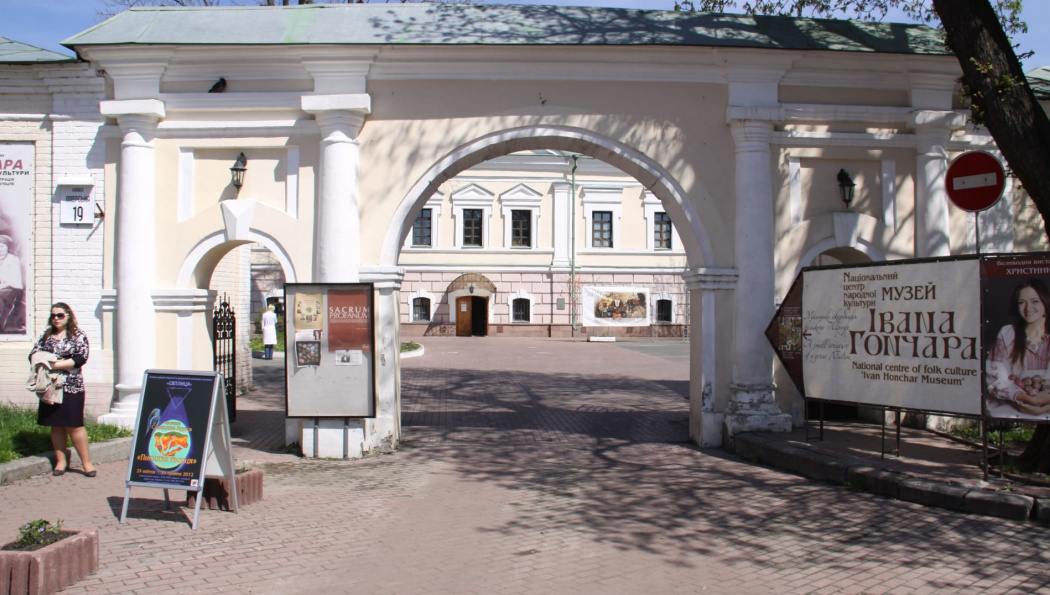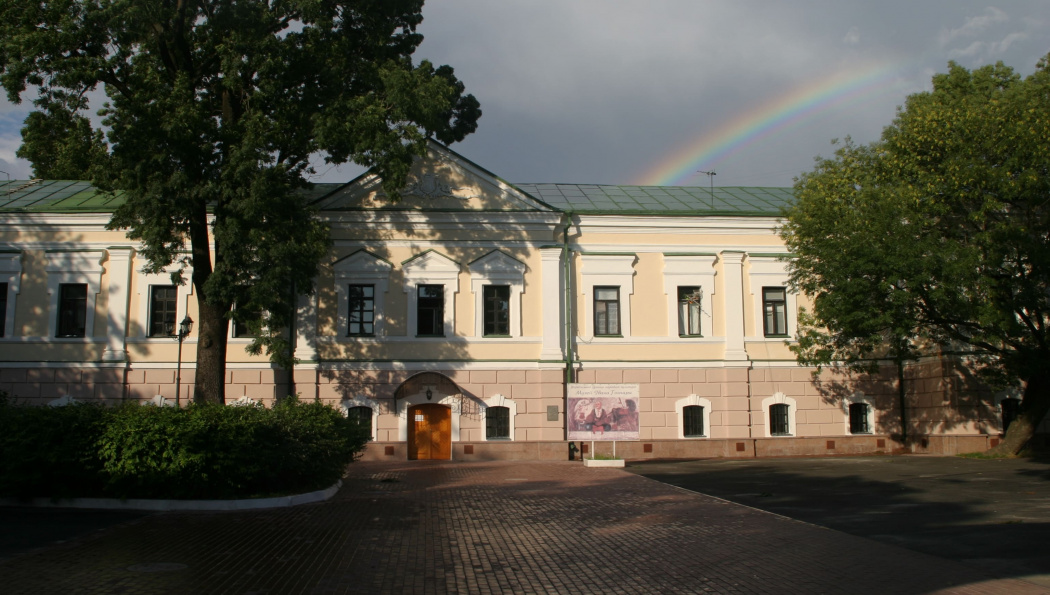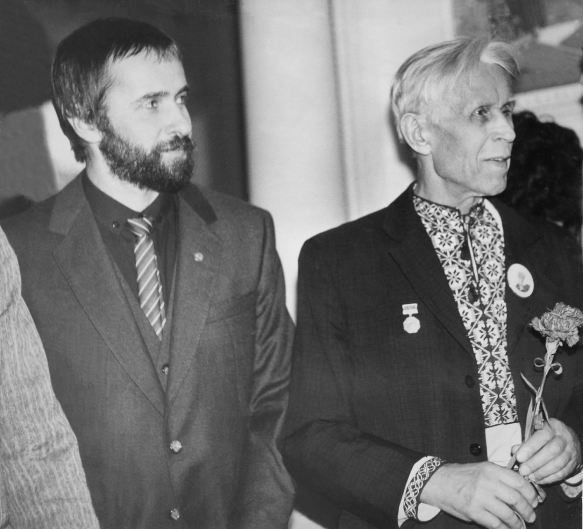
Petro and Ivan Honchar (1980ies)
As a result, the museum was subordinated to Kyiv City Administration in 1994; however, the building remained on the balance sheet of the Ministry of Defence for another three years.
During this period, only four rooms in the f1570 square meter building were partially renovated and some areas were still used as military dormitory. Two hundred fifty tons of construction waste were removed from the historical 18th century basement. Due to lack of funding, renovation activities had to be further delayed.
Only through media attention, advocacy by deputies and creative intellectuals, and President Leonid Kuchma's intervention, was the unique institution rescued, and new horizons for its creative potential revealed. On December 2, 1999, the Decree of the President of Ukraine "On establishing the Ivan Honchar Museum National Centre of Folk Culture” was issued.
The essence of the Centre's concept went beyond establishing Honchar’s cottage house as a museum – it intended to ensure the architectural monument was a central element of the exhibition. For this purpose, it was necessary to restore the central building of the 18th-century manor and two western wings built at the end of the 19th century.
Due to bureaucratic red tape and underfunding, the opening of the first museum exhibition halls to the public was continuously postponed and became possible only on August 22, 2004.
In 2009, by the Decree of the President of Ukraine Viktor Yushchenko, the Ivan Honchar Museum acquired national status.
